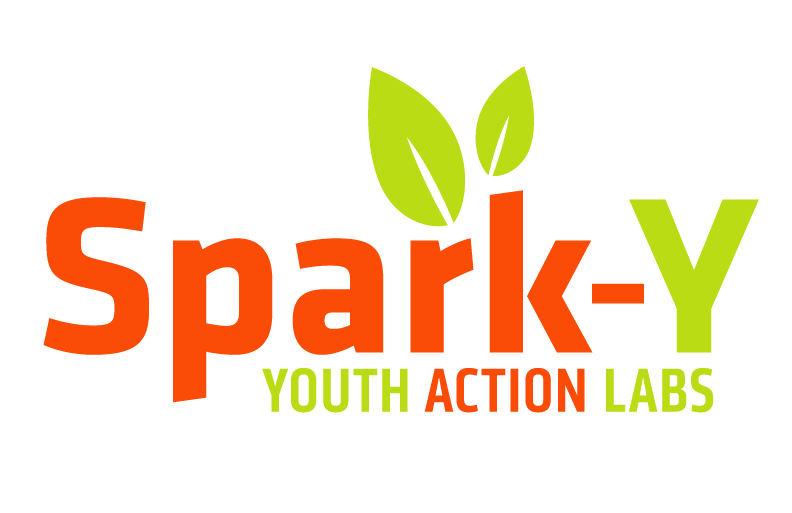We are in an unprecedented time with countless community spaces and resources shutting down or providing limited resources due to the novel coronavirus. Perhaps the most notable of the closings in March being schools. Students of all ages have been staying home and learning with limited resources for the past 5 months.
Spark-Y partnered with the African American Community Response Team (AARCT) to bring a six week summer learning program to the third to eighth grade students of Best Academy and Friendship Academy/Freedom School. The program is called Get on the Bus (GOTB). It was held at local parks and ran Monday to Thursday from around 9am to 4pm. Buses departed to pick up students at 8:30am with breakfast running from roughly 9am to 9:30am. The Get on the Bus program provided students breakfast, lunch, and a safe way to learn and play.
Our number one priority is the safety of students and staff. As such, students were screened for symptoms of COVID-19 every day before the program as the bus picked them up from home and as they arrived at the program location. Students were expected to keep their masks on both indoors and outdoors.
Students were split into three groups and rotated between three stations: recreation, online learning, and STEM. The curriculum for the outdoor STEM station was coordinated by Spark-Y staff and run by our GOTB interns. Much like our other programs, the curriculum for GOTB is hands-on and sustainability focused. Each week had a theme: renewable energy, water, plants and growing food outside, pollinators, pests, & urban naturalists, vermicomposting & waste, and the science of COVID-19.
During the “pollinators, pests, & urban naturalists” week, the Monday activity was building simplified models of flowers and pollinators using a cup and pipe cleaners. This activity demonstrated how animals help pollen move from plant to plant and which ones are the most effective at doing so.
Photo Credit: Sarah Anderson
On Tuesday, students learned about why animals visit and pollinate flowers along with which colors different pollinators are attracted to the most. For example, butterflies are the most attracted to blue or purple flowers and bats are attracted to large, cone shaped flowers. Students were assigned a pollinator and asked to look at data to guess which flower traits their pollinator likes the best. They were then asked to choose from a set of flower pictures and decide which flower their pollinator would like the best.
Photo Credit: Sophia Osterberg
Students got a little dirty looking for insects on Wednesday with our bug collection activity. After a brief discussion about the habitats of insects our groups went searching for insects with butterfly nets. Each student recorded their observations about the insect’s habitat, appearance, how many legs it had, and any other characteristics they noticed. While collecting insects, one student loved the activity and told us, “When I grow up, I’m definitely going to do this job. I want to do this job!”
Photo Credit: Sophia Osterberg
Our final activity for the week was building bee houses for mason bees. Although mason bees do not make honey, they are pollinators who make nests in natural holes and cracks. Bee houses for mason bees are versatile. The traditional classroom bee houses are usually made of wood and cut bamboo shoots. Since using power tools at the parks is difficult, the houses were adapted and created using plastic water bottles, rolled paper bags, and string. Students were creative and used paper, sticks, and leaves to decorate the houses and blend into the natural environment. One student in particular was thrilled, “I made the bees a living room so they can hang out in the house! And this big, huge room is where they are going to have dances and parties!”
Photo Credit: Sophia Osterberg
Written by Patrice Banks - Spark-Y Sustainability Educator





